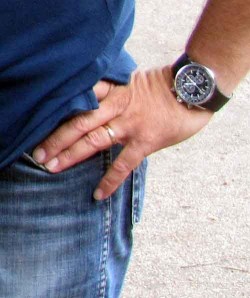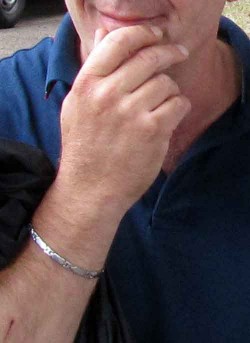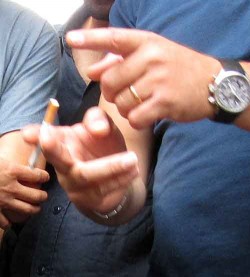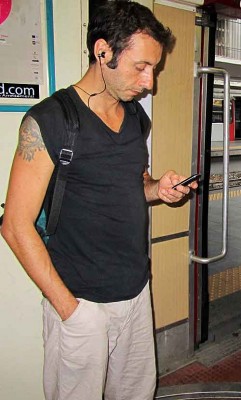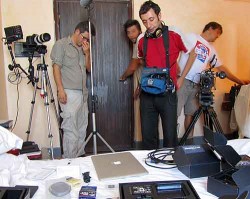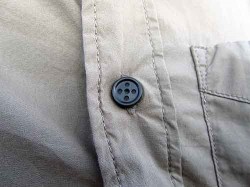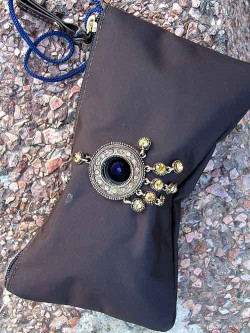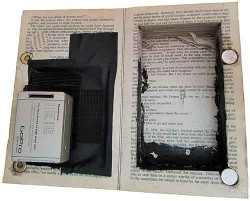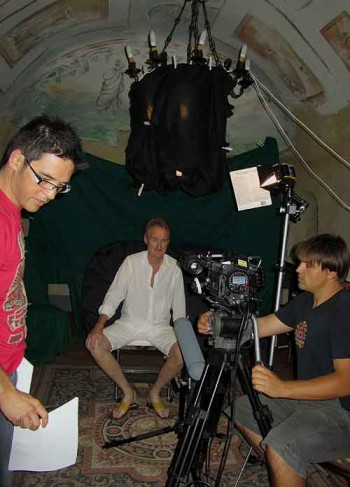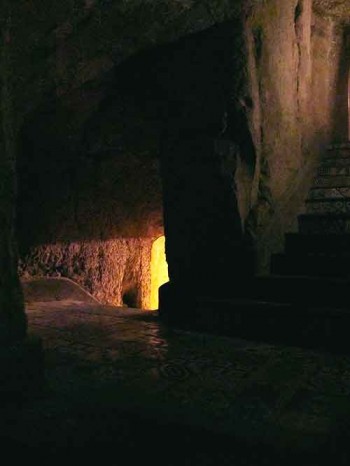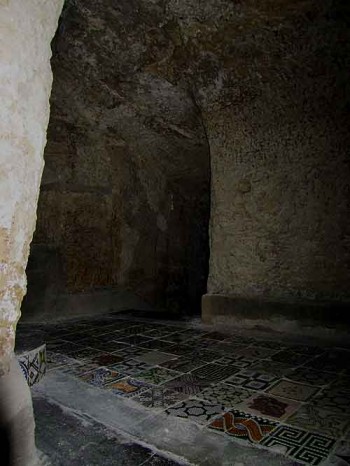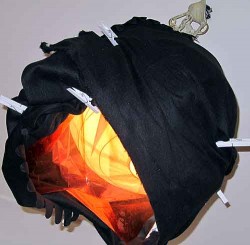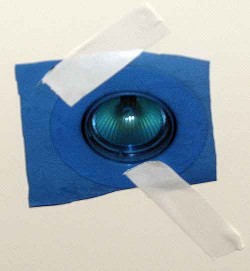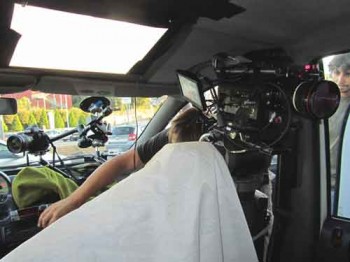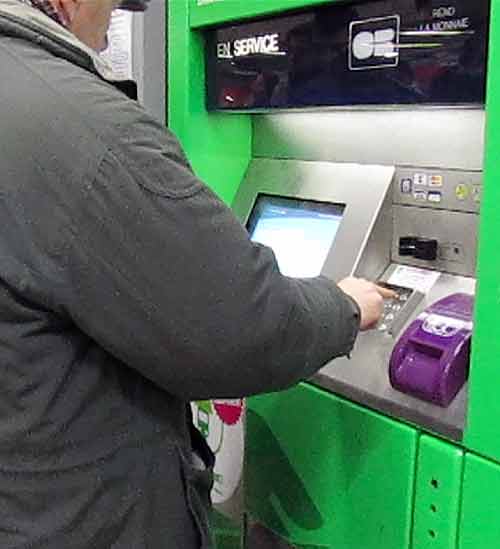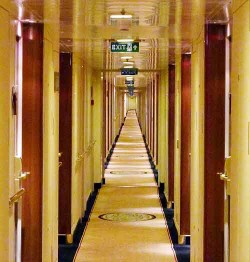Thiefhunting, Day One, more. We’ve been standing in the tiny coffee bar more than an hour, speaking loudly. Eventually, the owner throws us out. No bad feelings, Michele translates—we’ve just been there long enough. Frank and Marc need to get back to work, anyway. They promise to meet us in the park tomorrow. They agree to demonstrate a few of their favorite techniques. They agree we can film them. And most important, they agree to sign releases, allowing us to show them in our film.
Warm goodbyes, and we all split. They go one way, Bob and I another, Michele-the-translator another.
Bob and I are ecstatic beyond words. On our first bus ride, we snagged a new pair of thieves and connected well with them. We’re surprised—and we’re not. After all, that’s why we chose this city for our documentary. It has the greatest concentration of pickpockets, who work the hardest, and are—we believe—the best at it.
Leaving the coffee bar, Bob and I walk blindly around a few corners. We’re all wound up and high-strung. We just want to get away, cool down, get our heads together, decompress. We want to find Michele and ask him a million questions, since he couldn’t possibly have translated everything the thieves said in the bar. And we want his impressions of the men.
A few streets away, we pause. Bob turns off his eye-glass-camera, his button-camera, and his book camera. He lifts the back of my shirt and turns off my button-cam. Our film director Kun Chang finds us, and we talk excitedly about what just happened—our meeting in the coffee bar—and tomorrow’s plans to meet in a park.
And at that exact moment, Frank and Marc approach us from across a wide street. There’s a third man with them—Ed—who was their partner on the bus with us. We stand there in the middle of a busy sidewalk and the coffee shop conversation continues, now with Ed, who turns out to be the brother of Frank. Ed is another good-looking man. At 51, he’s got a little silver in his hair, and a little bald spot. He has a distinguished look. Put a suit on him and he could con a banker out of a million bucks. But the banker might just give him the million bucks because he’s so benign, even affectionate.
I suddenly remember that all Bob’s cameras are now off and so is my button-cam. What about my purse-cam, did we ever turn it off? I can’t remember. I aim it, just in case. Another man strolls up: Clay, a colleague and team member. More of our production crew arrive, too, so we introduce the thieves to the filmmakers. Michele is translating three conversations at once, overwhelmed by the bizarreness of happy-chat with thieves, but utterly capable of interpreting the rapid-fire chatter coming at him from every direction. Hands are flying. It’s another long talk about not much, but it cements our relationship. Trust is building.
We are all to meet the next day at a time and place of their choosing. The pickpockets are to demonstrate their specialties for our documentary. They’re going to show us exactly how they steal.
Part one of this story. — Next installment
P.S. I haven’t had a still camera in my hands all day, so I have no images. I’m sure I have tons of video, but I don’t get to see it. In fact, our days are so full that none of us see it. Even our director of photography has time only to spot-check. But we know we’re getting great stuff.

